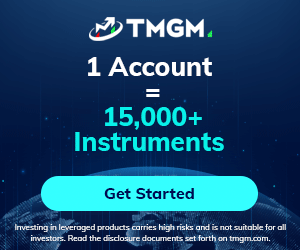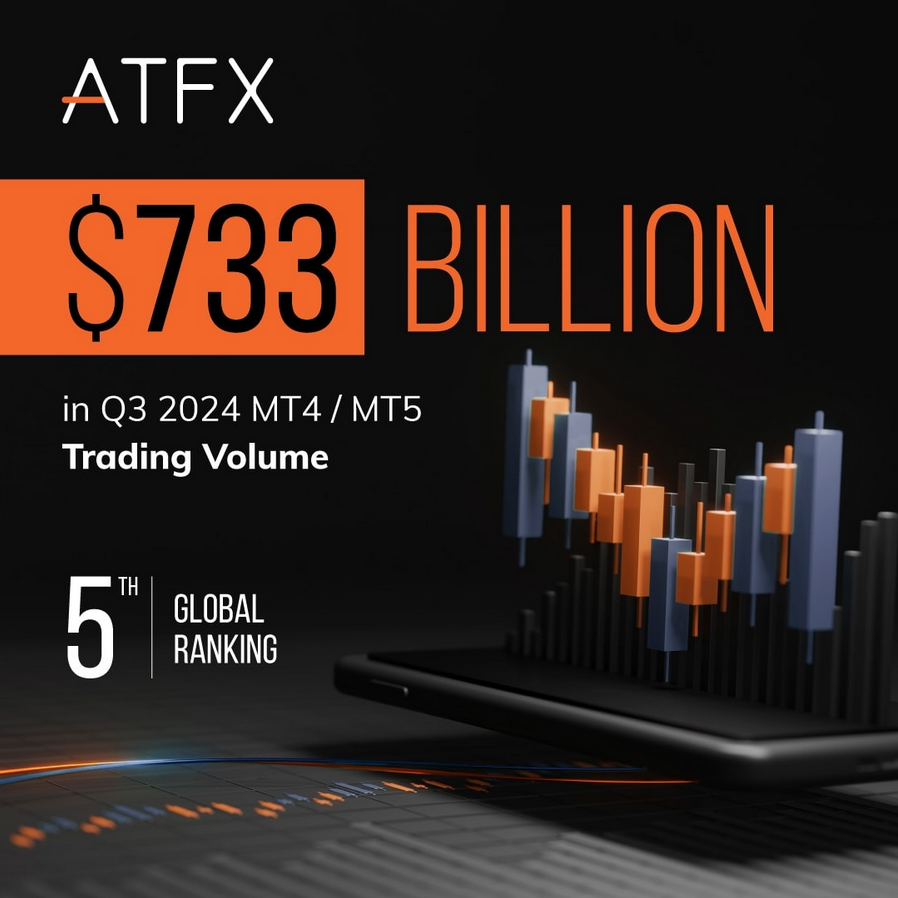The euro strengthened as improved German business sentiment lifted optimism about the region’s recovery, though weak factory data limited enthusiasm. The pound showed modest resilience but remained capped by expectations that the Bank of England may resume rate cuts soon, with its strength largely dependent on dollar softness. The yen hovered near multi-month lows amid fiscal stimulus speculation and uncertainty over future Bank of Japan policy, keeping traders cautious. Gold eased as easing trade tensions between the United States and China boosted risk appetite, though persistent geopolitical risks and expectations of future Fed rate cuts continued to provide underlying support for the metal.
🇪🇺/🇺🇸 EUR/USD Outlook – Euro vs U.S. Dollar
Market Analysis:
- The euro extended moderate gains following an improvement in Germany’s IFO Business Climate Index, signaling renewed optimism in Europe’s economic recovery.
- Germany’s services and manufacturing PMIs exceeded expectations, showing signs that the Eurozone economy is stabilizing despite external headwinds.
- Confidence improved as Germany, the Eurozone’s largest economy, demonstrated resilience amid ongoing trade and energy challenges.
- Investor sentiment was supported by weaker U.S. inflation data, which strengthened expectations of an upcoming Federal Reserve rate cut, lowering demand for the dollar.
- Despite improving European data, growth concerns persist in the manufacturing sector, limiting the euro’s upward potential.
- The dollar’s decline remains the primary driver of recent euro gains rather than fundamental European strength.
Key Factors Affecting the Pair:
- U.S. Inflation & Interest Rate Outlook: Softer CPI readings reinforced bets on a Fed rate cut by year-end, weakening the dollar.
- ECB Policy Outlook: The European Central Bank is expected to maintain a cautious tone, emphasizing data dependence amid uneven regional recovery.
- Geopolitical Stability: Reduced trade tensions support the euro by lowering safe-haven demand for the dollar.
- German Economic Health: Any slowdown in Germany could quickly dampen euro momentum.
Forecast:
- The short-term outlook remains bullish, as long as EUR/USD stays above 1.1620.
- A sustained move above 1.1668 could open the path toward 1.1728.
- A break below 1.1600 would expose 1.1543 and shift sentiment bearish.
Support and Resistance Levels:
- Support: 1.1621, 1.1600, 1.1543
- Resistance: 1.1638, 1.1667, 1.1686, 1.1728
🇬🇧/🇺🇸 GBP/USD Outlook – British Pound vs U.S. Dollar
Market Analysis:
- The British pound traded slightly weaker despite encouraging manufacturing and services PMI data, which indicated the first signs of sectoral stabilization after months of contraction.
- UK business activity improved, but overall growth remains fragile, constrained by weak domestic demand and uncertainty over the Bank of England’s future policy stance.
- Investors are cautious as markets increasingly expect the Bank of England to cut rates sooner, reflecting persistent economic softness.
- The pound’s recent strength stems mainly from the dollar’s weakness, not from internal UK resilience.
- Despite improved sentiment, sellers continue defending resistance near 1.3330, limiting upward potential.
Key Factors Affecting the Pair:
- BoE Policy Direction: Growing speculation about earlier rate cuts caps pound strength.
- U.S. Dollar Trend: Ongoing Fed dovishness supports GBP/USD, though limited by local economic uncertainty.
- UK PMI Recovery: The rebound offers near-term support, but the lack of broad-based expansion tempers optimism.
- Market Sentiment: Risk-on conditions favor GBP modestly, but any risk aversion could reverse gains quickly.
Forecast:
- As long as price holds above 1.3280, the short-term trend remains mildly bullish.
- A sustained break above 1.3364 could open the path toward 1.3398 and possibly 1.3450.
- A breakdown below 1.3250 would confirm renewed downside momentum toward 1.3200.
Support and Resistance Levels:
- Support: 1.3281, 1.3253
- Resistance: 1.3331, 1.3364, 1.3398, 1.3453, 1.3486
🇺🇸/🇯🇵 USD/JPY Outlook – U.S. Dollar vs Japanese Yen
Market Analysis:
- The yen weakened further, approaching its lowest level since February, as investors priced in expectations of expansionary fiscal policy under Japan’s new government led by Prime Minister Sanae Takaichi.
- The Bank of Japan is expected to maintain ultra-loose monetary policy during its upcoming meeting, while discussions about future tightening remain tentative.
- Dollar strength persists due to interest rate differentials, even as the Fed hints at upcoming rate cuts.
- The broader bullish trend in USD/JPY reflects Japan’s ongoing reliance on stimulus and delayed normalization, keeping the yen under pressure.
- However, overbought conditions and potential U.S. policy shifts suggest a possible corrective pullback in the near term.
Key Factors Affecting the Pair:
- BoJ Monetary Policy: Continued dovish stance limits yen recovery potential.
- U.S. Interest Rate Outlook: Any Fed rate cuts could trigger a yen rebound.
- Fiscal Expansion: New Japanese government spending plans could weaken the yen further.
- Geopolitical Risks: Safe-haven flows could strengthen yen if global tensions rise.
Forecast:
- The medium-term bias remains bullish as long as the pair holds above 151.50.
- Upside continuation above 153.28 could open the path toward 154.80.
- A break below 149.75 could trigger a deeper correction toward 148.50.
Support and Resistance Levels:
- Support: 151.45, 150.15, 149.75
- Resistance: 152.15, 153.28, 154.80
🌕 Gold (XAU/USD) Outlook – Gold vs U.S. Dollar
Market Analysis:
- Gold prices fell slightly as easing trade tensions between the U.S. and China reduced safe-haven demand.
- Reports of progress in trade talks boosted equity markets, prompting profit-taking among gold investors.
- Despite near-term weakness, expectations of Federal Reserve rate cuts and persistent global geopolitical tensions provide medium-term support.
- The Metals Focus 2026 Outlook projects strong long-term bullish momentum for gold, anticipating an average price increase driven by monetary easing, inflation risks, and sustained central bank purchases.
- Continued geopolitical instability — particularly the Russia–Ukraine conflict and global fiscal imbalances — remains a crucial underpinning for gold’s safe-haven status.
- Physical demand, particularly from India and official sector buyers, continues to underpin long-term bullish sentiment.
Key Factors Affecting Gold:
- Federal Reserve Policy: Expected rate cuts lower real yields, making gold more attractive.
- Global Trade Relations: Progress in U.S.–China negotiations temporarily reduces demand for safety assets.
- Inflation Expectations: Sustained inflation supports gold as a hedge.
- Geopolitical Tensions: Ongoing global conflicts maintain underlying demand for gold.
Forecast:
- The medium-term trend remains bullish as long as prices stay above 4065.
- A sustained recovery above 4162 could push prices toward 4270 and 4379.
- A break below 4000 or 3946 could trigger deeper declines toward 3850.
Support and Resistance Levels:
- Support: 4065, 4000, 3946
- Resistance: 4162, 4184, 4270, 4379, 4400
📊 Summary Table: As of October 28, 2025
| Asset | Trend Bias | Key Factors | Support Levels | Resistance Levels | Outlook |
|---|---|---|---|---|---|
| 🇪🇺 EUR/USD | Bullish | Eurozone recovery, weaker USD, Fed dovishness | 1.1621 / 1.1600 / 1.1543 | 1.1667 / 1.1686 / 1.1728 | Uptrend likely to continue if above 1.1620 |
| 🇬🇧 GBP/USD | Mildly Bullish | UK PMI rebound, limited BoE optimism, weaker USD | 1.3281 / 1.3253 | 1.3364 / 1.3398 / 1.3453 | Gains limited by UK policy uncertainty |
| 🇯🇵 USD/JPY | Bullish | BoJ dovishness, fiscal stimulus in Japan | 151.45 / 150.15 / 149.75 | 153.28 / 154.80 | Possible correction before trend resumes |
| 🪙 XAU/USD | Bullish (Medium Term) | Fed rate cut bets, geopolitical risks, inflation hedge | 4065 / 4000 / 3946 | 4162 / 4270 / 4379 | Strong long-term upside potential |









